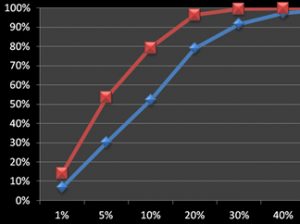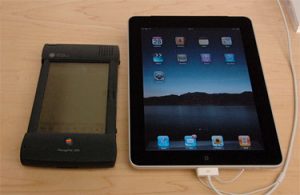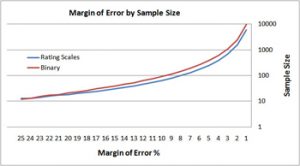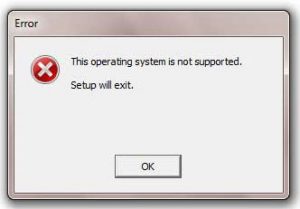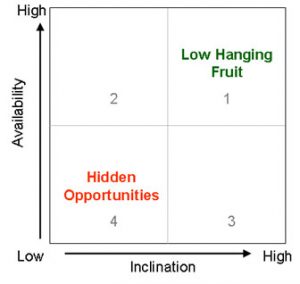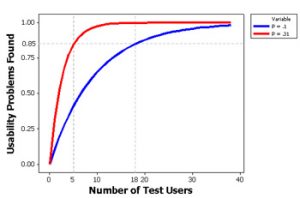
Five Critical Quantitative UX Concepts
If you’re in User Experience, chances are you probably didn’t get into the field because of your love of math. As UX continues to mature it’s becoming harder to avoid using statistics to quantify design improvements. One of my goals is to help make challenging concepts more approachable and accessible. Last week Jim Lewis and
